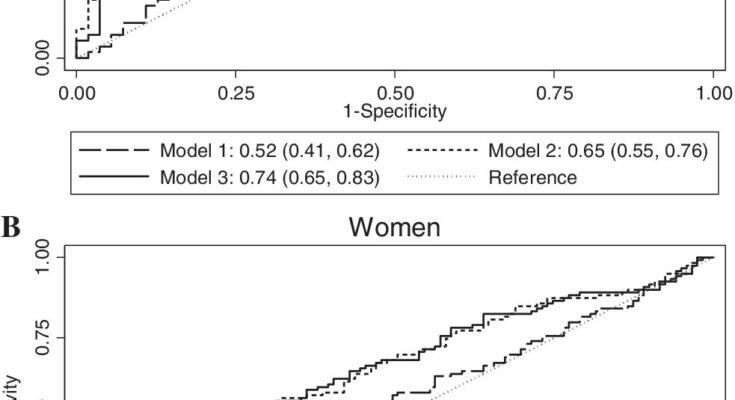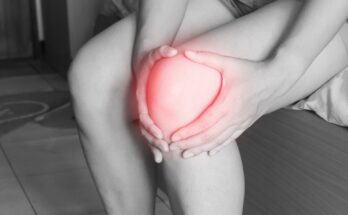![Receiver operating characteristic (ROC) curves demonstrating the incremental utility of incorporating CXCL9 into prognostic models for the prediction of osteoporotic hip fracture in men (A) and women (B). Model 1: Logistic regression model incorporating age at blood draw (years, continuous), dialect group (Hokkien, Cantonese). Model 2: All factors in model 1 + BMI (kg/m2, continuous), history of smoking (never, ever), history of diabetes mellitus (yes, no). Model 3: All factors in model 2 + CXCL9 [log(pg/mL), continuous]. Credit: <i>Journal of Bone and Mineral Research</i> (2022). DOI: 10.1002/jbmr.4646 Could blood marker predict the risk of osteoporotic hip fracture in men?](https://scx1.b-cdn.net/csz/news/800a/2022/could-blood-marker-pre.jpg)
Bone health requires a balanced activity of various bone cell types including bone-forming osteoblasts and bone-resorbing osteoclasts. Osteoporosis occurs when osteoclasts dominate without adequate bone formation to compensate. In new research published in the Journal of Bone and Mineral Research, elevated blood levels of a certain chemokine, or small signaling protein, that promotes osteoclast formation were linked with a higher risk of hip fracture in men.
The study included 55 men and 119 women who had experienced a hip fracture an average of 6.3 years after their blood was collected. The participants were matched individually to controls who did not develop hip fractures.
Investigators observed higher blood levels of the chemokine CXCL9 in the pre-fracture blood samples of men with subsequent hip fractures compared with their non-fracture controls. No such difference was seen women.
“The unexpected difference in the results between men and women in our study may be explained by how changes in $ex hormone levels during aging could influence the level and effects of CXCL9 differently in older men and women,” explained corresponding author Woon-Puay Koh, MBBS, Ph.D., from the National University of Singapore (NUS).
“Our findings open the exciting possibility that early interventions targeting CXCL9 or CXCL9-CXCR3 signaling could be beneficial in preventing hip fractures in older men,” added co-corresponding author Christoph Winkler, Ph.D., also from NUS.
Quang Tien Phan et al, CXCL9 Predicts the Risk of Osteoporotic Hip Fracture in a Prospective Cohort of Chinese Men—A Matched Case–Control Study, Journal of Bone and Mineral Research (2022). DOI: 10.1002/jbmr.4646
Citation:
Study links blood marker to risk of osteoporotic hip fracture in men (2022, August 17)
retrieved 20 August 2022
from https://medicalxpress.com/news/2022-08-links-blood-marker-osteoporotic-hip.html
This document is subject to copyright. Apart from any fair dealing for the purpose of private study or research, no
part may be reproduced without the written permission. The content is provided for information purposes only.
Source link




